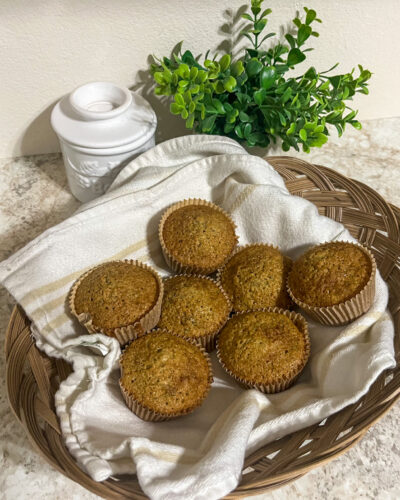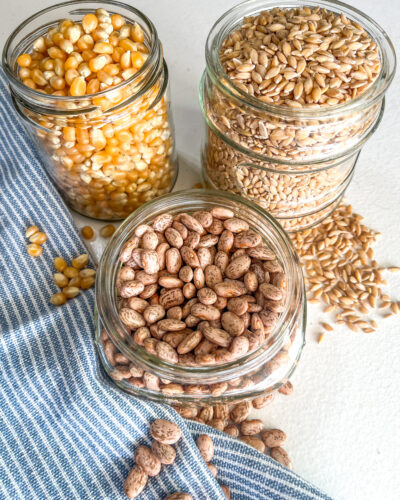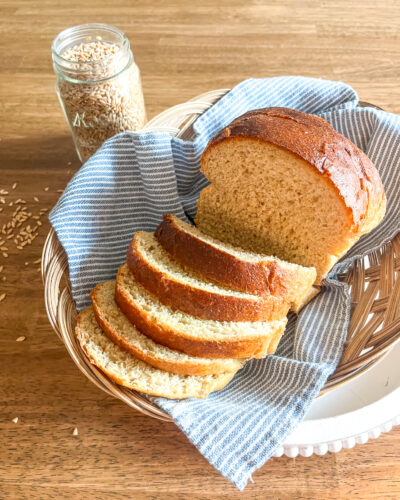
Welcome to post 3 about healthy eating habits! Here’s post one about coffee and post two about artificial food colorings.
What are Seed Oils?
Seed oils have become quite a controversial topic. What exactly are seed oils? They’re vegetable oils such as:
- Canola
- Cottonseed
- Corn
- Grapeseed
- Peanut
- Soybean
- Sunflower
- Safflower
- Rice bran
They all come from the seeds of different plants and are byproducts of manufacturing.
History of Seed Oils
Proctor and Gamble
In the early 1900s, manufacturers had an excess of these byproducts and needed to dispose of them. Proctor and Gamble (originally a candle company) decided to make oil out of cotton seeds. The cotton mills were happy to have someone take away all the seeds that were left over after they manufactured cotton.
Proctor and Gamble replaced the rendered lard they were already selling with this cottonseed oil they named “Crisco” because it was cheaper and kept fresh for a long time. This oil quickly became popular in American kitchens. (Wikipedia)
The American Heart Association
In the 1950s, heart disease became a large-scale problem. According to Pub Med Central, the American Heart Association was hesitant for years to make any recommendations to prevent heart disease because of a lack of research.
However, in 1960, Paul Dudley White was appointed to the nutrition committee. A year later, the AHA recommended that people decrease their consumption of saturated fats such as butter and lard and replace them with vegetable oils like Crisco. They claimed that these new vegetable oils were heart healthy. This decision was made without more research being done. The AHA received 1.7 million dollars from Proctor and Gamble in 1948, so this decision was a huge conflict of interest.
Interestingly, heart disease became a large-scale problem and a leading cause of death after seed oil consumption became widespread. Humans had eaten butter and lard for thousands of years before heart disease became a big problem.
Dangers of Seed Oils
Omega 6/Omega 3 ratio
Seed oils have a much higher percentage of omega 6s to omega 3s. Two oils with high omega 6 to omega 3 ratios are corn oil at 60:1 and safflower oil at 77:1. (PubMed Central) Omega 6 is used by the body to produce inflammation, and omega 3 to reduce inflammation. You need a healthy balance of each.
PubMed Central says, “The rise in the omega-6/3 ratio over the past 100 years may be driving chronic low-grade inflammatory conditions including autoimmune diseases, allergies and asthma.” These diseases have become much more common since the early 1900s when people started eating large amounts of seed oils.
Linoleic Acid
Seed oils are high in linoleic acid because they are a polyunsaturated fat. According to BMJ Journals, “numerous lines of evidence show that the omega-6 polyunsaturated fat linoleic acid promotes oxidative stress, oxidized LDL, chronic low-grade inflammation and atherosclerosis.” These oils that claim to be heart-healthy can clog your arteries!
Chemical Structure
Also, seed oils become rancid quite quickly because of their chemical structure. If you eat a lot of these polyunsaturated fats, they are stored in your cell membranes where they can turn into free radicals and ultimately damage the cells in your body. (Healthline)
Sources of Seed Oils
- French fries
- potato chips
- tortilla chips
- pretzels
- fried foods
- salad dressings
- condiments
- crackers
- packaged cookies
- store-bought bread
- store-bought baked goods
For those who follow the Standard American Diet, you eat way more of these oils than you realize because they are in most prepackaged foods and fast foods. These seed oils are wreaking havoc in your body.
How to Avoid Seed Oils
For starters, buy olive oil and butter for cooking and baking. Other great fat sources are coconut oil, ghee (clarified butter), and beef tallow. Since a study done by UC Davis found that most avocado oil is polluted with other seed oils, I would avoid avocado oil unless it is from a reputable source. Also, buy unrefined olive oil or even better cold-pressed olive oil. Both are better choices than refined olive oil which has been chemically processed.
Make your bread, baked goods, and salad dressings so you know exactly what ingredients are going into your family’s bodies. You can also make mayo and ketchup at home. But if you don’t want to, purchase these and other condiments from reputable companies that don’t use seed oils in their products.
Be an avid label reader in the store. Make sure whatever products you are buying do not contain seed oils.



[…] Eating Habits Series. Here is post one about coffee, post two about artificial food colorings, and post three about seed oils. Next week, we will discuss sugar’s effect on the body and the best sugar to […]